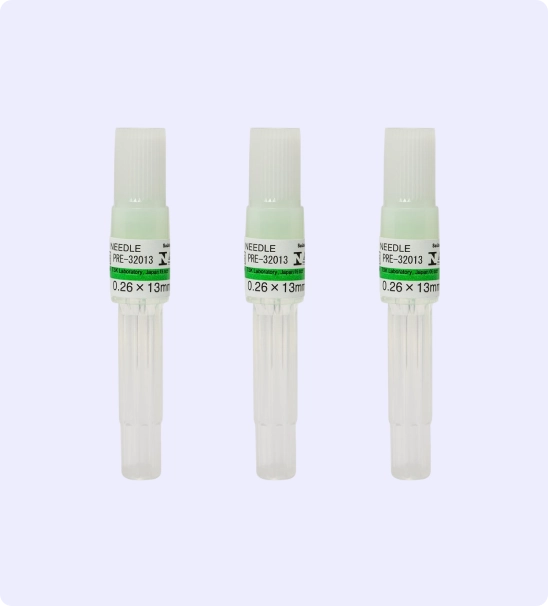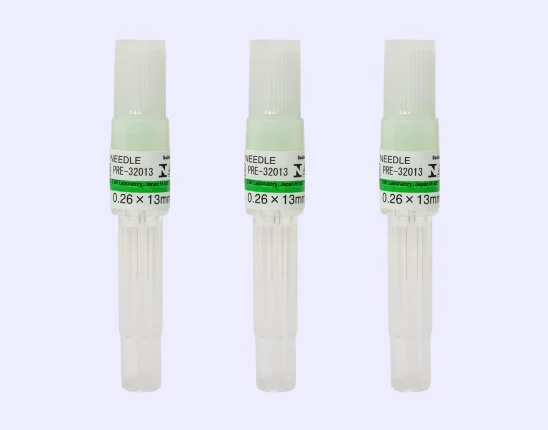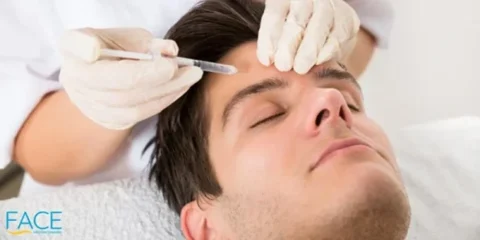Medical treatments for skin rejuvenation have progressed dramatically in the past decade, giving patients more options rather than conventional surgery or medical treatments for their skincare regimen. One of these innovations is fibroblast plasma therapies, or more commonly referred to as plasma pens.
But does fibroblast plasma really work? With sufficient use applied by a certified medical professional, plasma pen treatments work well for skin rejuvenation treatments. While the efficacy of this method will vary from patient to patient, it’s an excellent alternative for people who are looking for low-maintenance skincare routines to stick to.

GET YOUR IDEAL PLASMA PEN AT 20% OFF WITH THE CODE “20OFF” FOR FIRST ORDERS!
Skin tightening with a Plasma Pen is one of the most popular treatments on the market today. Acquire your Plasma Pen and related accessories at FACE Med Store with 20% off your first order!
You can create an account here.
How Fibroblast Plasma Treatments Work
Fibroblast treatments fall under the category of collagen-contracting methods, which also include some medications, dermal fillers, and treatments such as microneedling and microneedling pens. It takes its name from the fibroblast cells found in the body that create the structure for tissue and skin.
By applying a small electric current with a medical plasma pen, this method creates micro-tears in the skin. These micro-tears are enough to activate the skin’s natural repair mechanisms, but not enough to count as a serious injury. In particular, it encourages the production of collagen, causes tissue to tighten, and breaks down proteins and other building blocks of the skin in that area.
Essentially, it’s using plasma to reinvigorate the skin’s normally dormant ability to regenerate itself – which is why this procedure is also known as plasma skin resurfacing.
Benefits
There are several benefits associated with fibroblast plasma treatments, but the most significant one is that it helps improve the skin’s texture and appearance. With a skilled dermatologist and consistent treatment sessions, it’s even possible to contour certain parts of the body as the collagen grows back.
Because it doesn’t discriminate with what area of the body it’s applied to, this treatment works with all areas of the skin that need improvements. Despite its recent introduction, the long-term results of fibroblast treatments seem to hold for up to one year after treatment.
This makes it a viable alternative for people who don’t want more invasive cosmetic or chemical procedures like facial fillers, laser treatment or Botox injections. Laser treatments in particular can cause damage to the eyes if not handled by a skilled dermatologist, and can cause long-term effects like numbing and/or skin discoloration.
Drawbacks
Like most treatments that use some sort of electric or heat energy to induce collagen growth, fibroblast treatments have their share of side effects:
- Inflammation or swelling near or around the injection site
- Redness and tenderness of the skin after the treatment
- Mild skin discoloration
- Peeling skin
It should be noted that these side effects can differ depending on the patient, and dermatologists should advise their clients accordingly. One patient can experience problems because of the treatment, while others recover fairly quickly. Overall, side effects are a minimal concern for both patients and dermatologists.
The more pressing issue with fibroblast treatments is that they require a certified professional to administer them. While their action is similar to other cosmetic tools like microneedling pens and handheld lasers, the mechanism of how fibroblast therapy works is still not fully understood. This has caused a few places to restrict or outright ban their use: for example, Canada does not allow the use of fibroblast treatments at all.
How To Know If A Patient Is An Ideal Candidate
One crucial thing to remember about fibroblast treatments is that they’re best suited for patients who have mild skin corrections to make like acne scars and pockmarks. Other cases can also include regrowing collagen underneath the eyes or plumping up the lips. While it can theoretically work on other areas of the skin like the nasolabial folds, the energy produced by the electrical discharge isn’t significant enough to make a difference.
It may also not be a good choice for a patient who is looking to immediately jump back into their usual routine after the procedure is done. While physical recovery can take as little as a day, the small scabs that are produced by the treatment will take up to one week to fall off. Patients are not advised to pick or remove them on their own, as that makes them prone to permanent scarring and infection.
Overall, fibroblast treatments can work for the right patient in the right areas, but it requires extensive consultation with their dermatologist, and research to find a licensed injector to get the best results.
Another Option For Skincare Treatments: PEP Factor
For patients that still want to enjoy the benefits of fibroblast-based therapies without undergoing plasma pen treatment, dermatologists can recommend other products that also contain fibroblast ingredients like PEP factor treatments.
PEP Factor products contain a mixture of fibroblast growth factors, essential nutrients, and protein peptides that may help improve the appearance of the skin can encourage the regrowth of hair, and may even increase the production of essential building blocks of the skin like collagen and elastin.
Because it’s available in serum form, patients don’t need to worry about in-office procedures and treatments. PEP Factor products can be easily integrated into any existing skincare routine, with little to no risk of interaction with other treatments or medication. Since it’s a biocompatible substance, the body is quickly able to absorb it for reasonable short-term results and consistent long-term outcomes.
PEP Factor products also have plenty of applications, which make them one of the most versatile skin care rejuvenation treatments available. They are excellent catalysts for any active treatments dermatologists may be using on their patients, and function as a great support for any other skincare products patients are taking.
Acquire High-Quality Cosmetics And Skincare Treatments With FACE Medical Supply
While it may be a relatively new cosmetic treatment, fibroblast plasma (and in particular, plasma pens) have shown promising results. Patients who are considering this an option should always consult with their doctor if they happen to be fit for the procedure, and make sure to only receive fibroblast plasma treatments from a licensed professional.
With several years of experience through close partnerships formed with our clients, FACE Medical Supply has distinguished itself as a leading provider of skin care treatments and medical devices at affordable prices. As a reliable source for the needs of any cosmetic or medical practice, we combine rapid service with a commitment to excellent customer service.
For more information about us and our stocks, visit our website today.
Learn more: Why Use A Microcannula For Nose Dermal Filler



